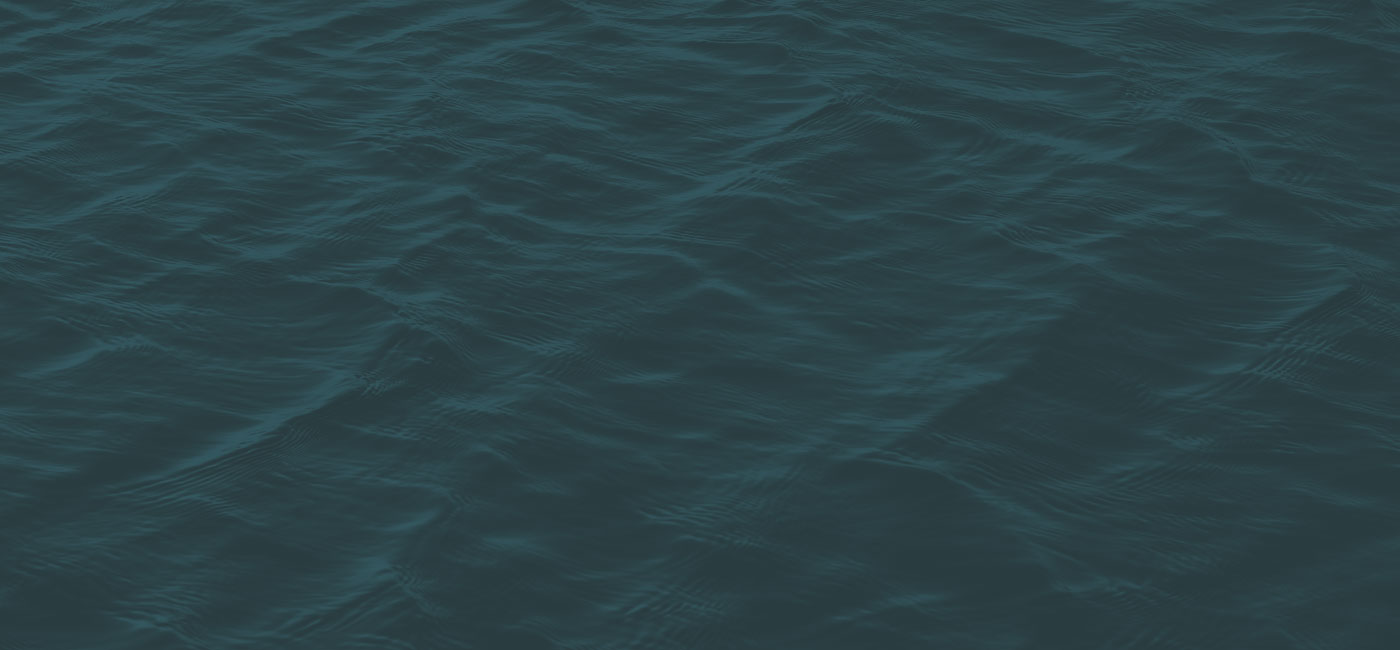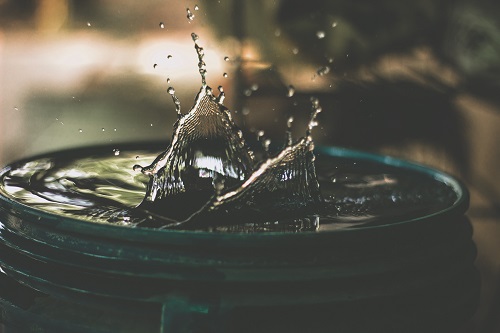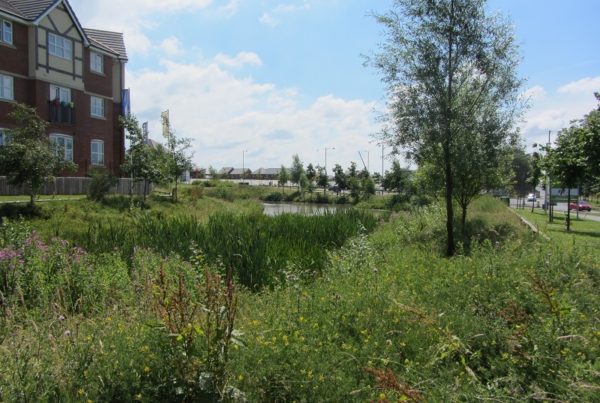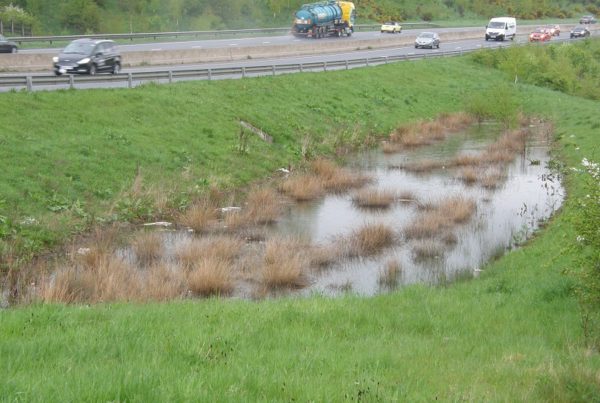In an Expert Focus article for Waterbriefing, Jo Bradley, Market Development Manager at SDS, draws attention to an overlooked source of microplastics pollution.
Jo: “We will look back on 2018 as the year the world faced up to the true extent of plastics pollution. With Sir David Attenborough’s heartrending narration of Blue Planet 2 still ringing in our ears, as the year went on we were confronted with remarkable and shocking footage of entangled turtles and birds with stomachs bulging with plastic fragments.
Thank goodness for Sir David, and all those colourful images illustrating how plastic is turning up in even the most remote and unpopulated places on earth. Who could fail to be astonished by its persistent and pervasive global penetration?”
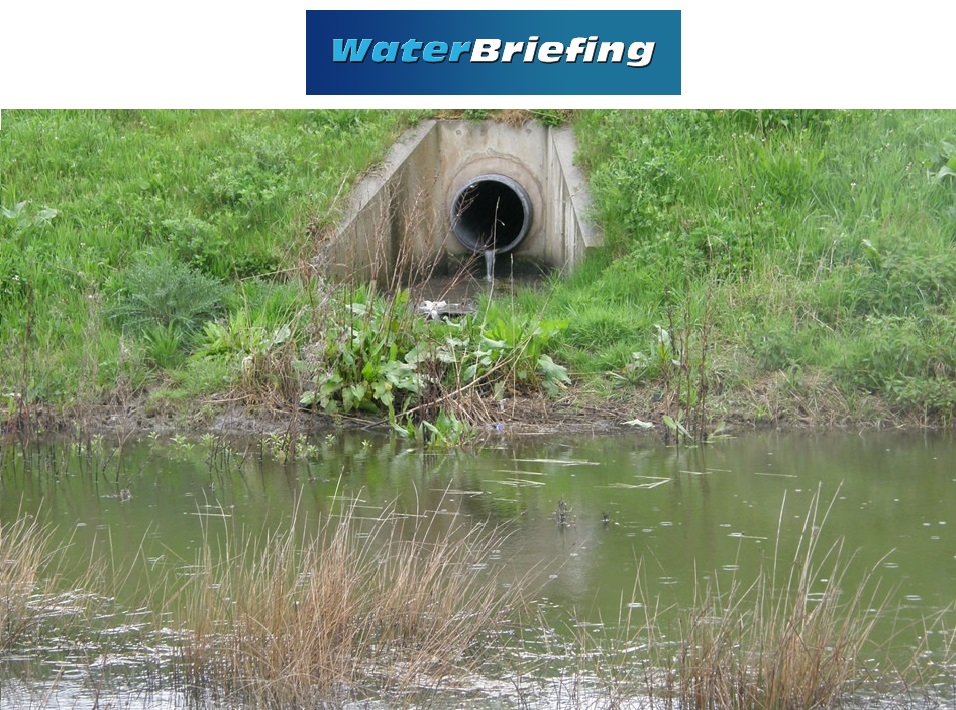
“But now we understand the plastic pollution we can see, we must work harder to understand, manage, and prevent the plastic pollution that can’t be seen. There is likely to be just as much of it, and it could potentially be more harmful not only to wildlife and ecosystems, but to human health, especially as it’s harder to find and remove.
Plastic endures. The simple maths of how much plastic has been produced since it was invented, compared with how much we can observe, measure, or account for, means there simply has to be a lot more of it out there. Plastics pollution is usually classified into three groups: larger pieces or macroplastics; microplastics (particles less than 5mm in diameter); and nanoplastics (with particle sizes down to 1nm)

